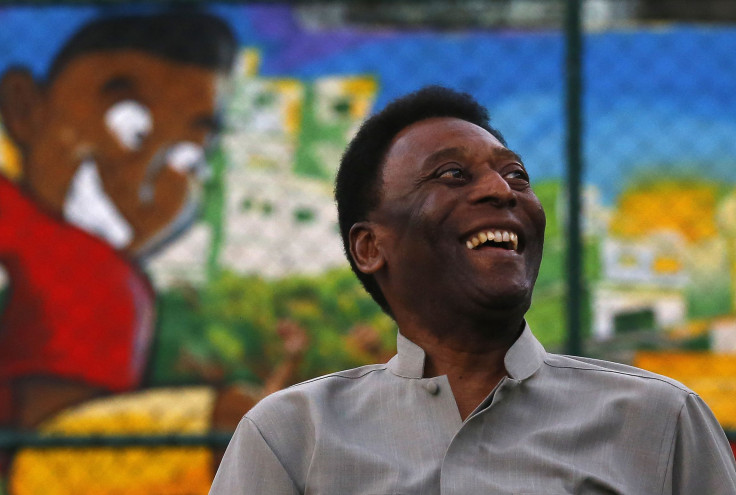
In 1959, the greatest goal the world has ever seen was scored by arguably the greatest soccer player in history. An 18-year-old Pelé was playing for the Brazilian club Santos in a league match against Juventus. In what those in attendance widely regard as the ‘most beautiful goal’ ever scored, Pelé flicks the ball over the heads of not one, but two defenders, and then does it a third time to the goalkeeper before heading the ball into the wide open net. All the while, the ball never touches the ground.
Unfortunately for the hundreds of millions of people who were not in attendance at the match, they never had an opportunity to see the infamous goal. At the time, there was no video footage at the match or from anyone in attendance. Thanks to a new documentary, and the advance of technology, now you can see the remarkable goal for the first time ever.
Witnesses in attendance at the match, and video game programmers got together to create the epic goal in the video below. Pelé, who is considered by most to be the best football player of all time, is keeping busy during the twilight years of his life. The 73-year-old recently got married for the third time, started a management company that is signing some of soccer’s biggest stars, and thanks to his own work with technology has created the world’s first ever field that is powered by the energy of the players on the pitch.
The field, which is located in Rio de Janiero, is now a state of the art pitch that uses the energy of the players to produce the electricity for the field. The pitch has over 200 kinetic tiles on field that capture the energy of players’ movements to generate power. The players combined with solar panels, light six LED floodlights so local neighborhood children can play soccer into the evening.
“We’ve effectively turned this community into a real life science experiment. It’s never been done before on this scale or on a football pitch,” said Laurence Kemball-Cook, founder and CEO of British Company, Pavegen.
“I thought we were inaugurating another artificial pitch but I didn’t expect that this field could produce energy. It’s the first in the world,” added Pelé.
“Football is Brazil’s biggest passion and the sport has gone through so much technological innovation since the last time I played. This new pitch shows the extraordinary things possible when science and sport come together.”
© 2025 Latin Times. All rights reserved. Do not reproduce without permission.




